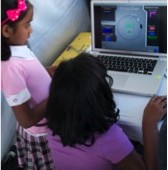C&EN covers microbiomes for biofuels development
Any new technology that emerges from animal microbiome mining would need to improve upon the proprietary enzyme systems already in companies’ arsenals. For example, enzyme company Novozymes is already marketing cellulase enzymes from Trichoderma reesei, a fungus originally discovered because it was degrading cotton military uniforms and canvas tents in the South Pacific during World War… [Read More]

